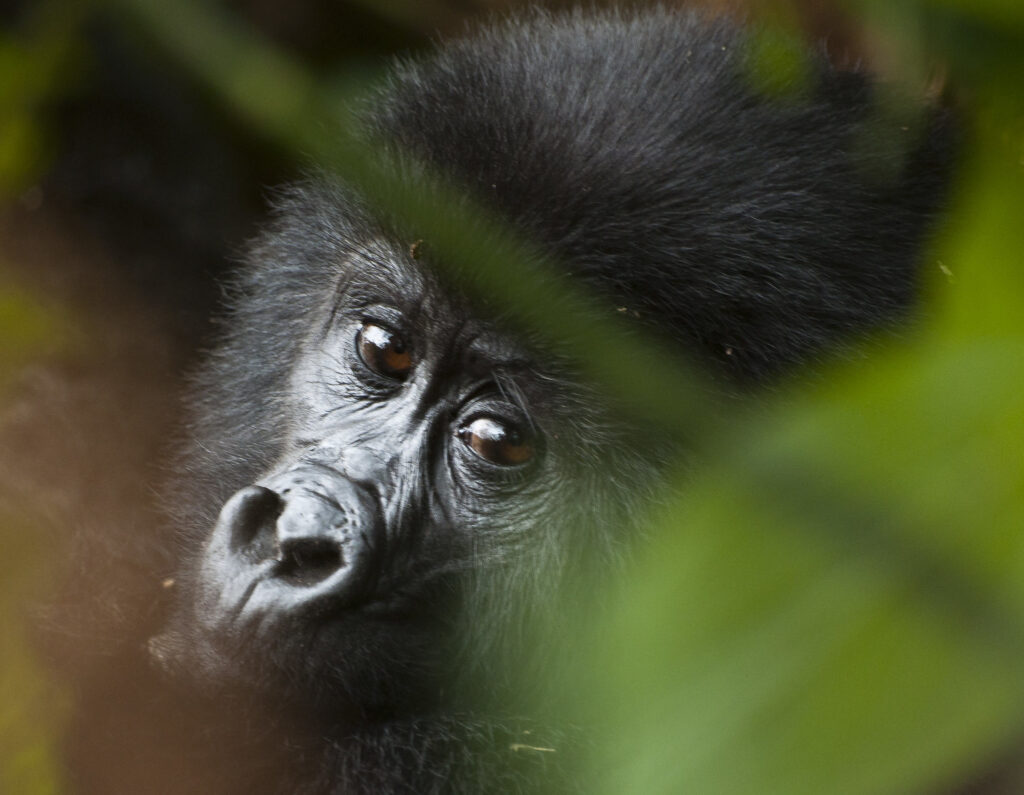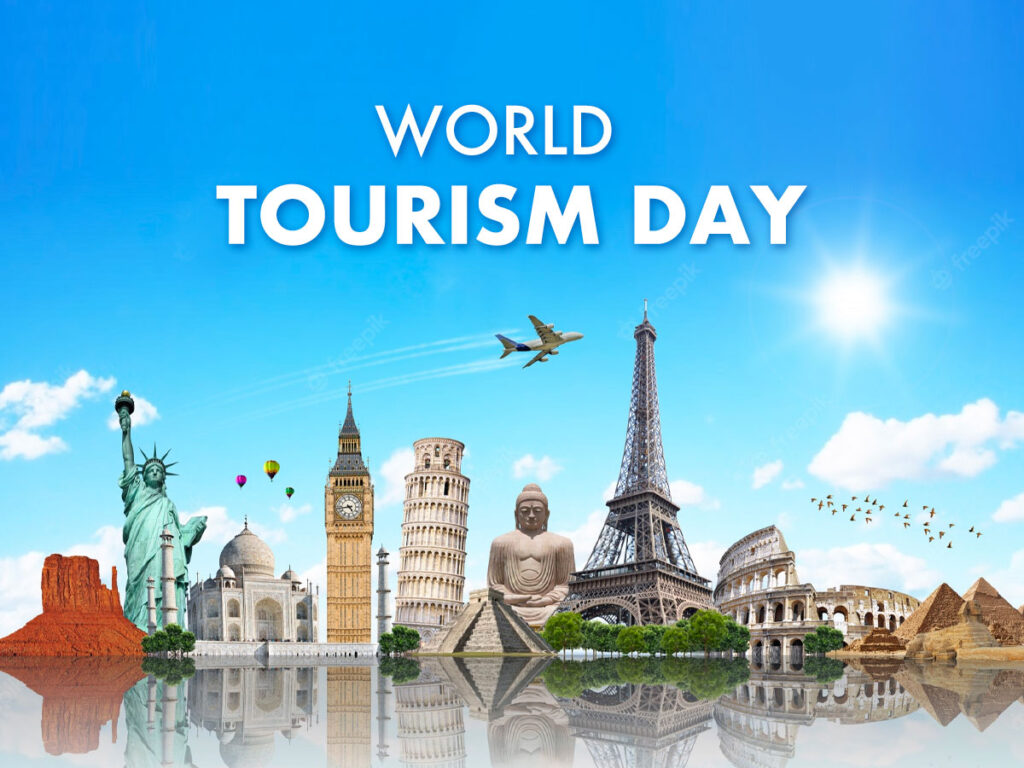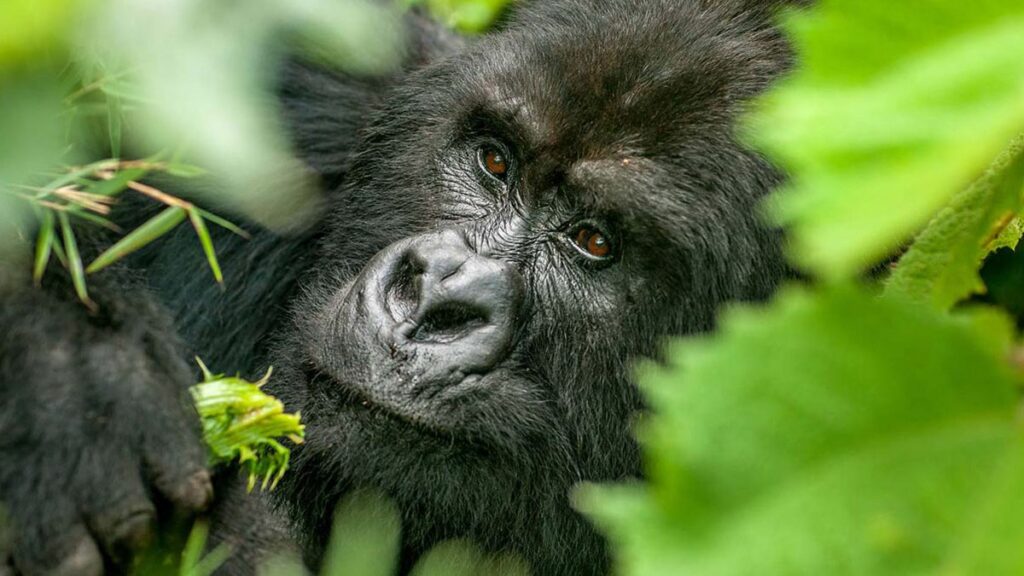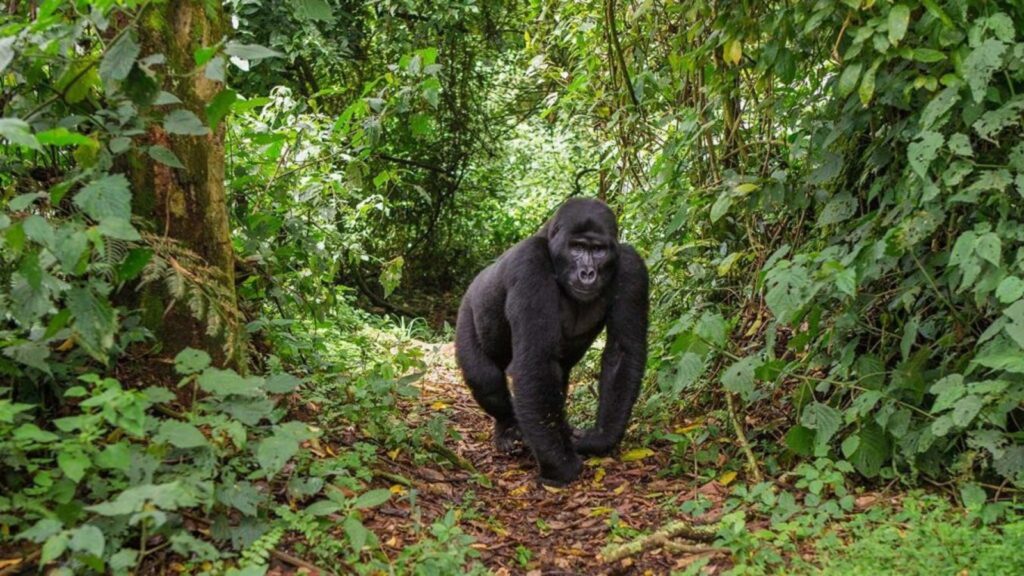Gorilla Trekking Emergency Procedures – Staying Safe in the Wild
Gorilla trekking takes you deep into some of Africa’s most remote rainforests, where nature thrives untouched. While the adventure is breathtaking, the environment presents potential risks—from sudden weather changes to unexpected wildlife encounters or health issues. Knowing the right emergency procedures ensures you remain safe and confident throughout your trek.
Both Uganda and Rwanda have well-trained ranger teams who prioritize your safety. However, being informed about what to do in different situations is equally important.
Pre-Trek Safety Briefing
Every gorilla trek begins with a safety briefing by park rangers. This session explains how to behave around gorillas, navigate the forest, and handle emergencies. Pay close attention because these instructions are tailored to the day’s trekking conditions.

Rangers cover:
- Gorilla behavior and safe distance guidelines.
- Communication signals for the group.
- Emergency meeting points.
- How to alert guides if you feel unwell.
Medical Emergencies
The forest terrain can be challenging, with steep climbs, muddy paths, and high humidity. Dehydration, altitude fatigue, or minor injuries like sprains can occur.
If you feel unwell:
- Inform your guide immediately—never keep discomfort to yourself.
- Follow ranger instructions—they may adjust the pace, take rest stops, or arrange evacuation.
- Use first aid support—rangers carry basic medical kits for cuts, bruises, and insect bites.
In serious cases, arrangements are made for stretcher evacuation to the park headquarters, where medical transport awaits.
Wildlife-Related Emergencies
Mountain gorillas are generally calm, but they are still wild animals. Other forest wildlife, such as elephants or buffalo, can also pose risks if encountered unexpectedly.

- If a gorilla approaches too closely, stay still, avoid eye contact, and follow your guide’s lead.
- If a gorilla shows aggression, crouch low, remain quiet, and avoid sudden movements until the animal calms.
- If other wildlife blocks the path, wait for rangers to assess and guide you on the safest route.
Lost or Separated from the Group
It’s rare but possible to become separated, especially in dense vegetation.
If this happens:
- Stay where you are—moving blindly could take you deeper into the forest.
- Make noise carefully—call out without shouting aggressively to avoid startling wildlife.
- Wait for rangers—they are trained trackers who can locate you quickly.
Weather and Environmental Emergencies
Rain can be sudden and heavy in the gorilla habitats, making trails slippery and streams swell.
- Wear waterproof gear to avoid hypothermia.
- If lightning strikes nearby, avoid open clearings and stay away from tall isolated trees.
- In case of flooded trails, rangers may redirect the route to safer ground.
Fire or Other Large-Scale Threats
Though extremely rare in these rainforest zones, a fire or major hazard will trigger an immediate evacuation order from rangers. Follow their lead promptly and stay with the group until safely out of the park.
Why Staying Calm is Key
In any emergency, your most powerful tool is a calm mind. Panicking wastes energy, clouds judgment, and makes it harder for rangers to assist you. Trust the guides—they know the forest better than anyone.
Conclusion
Gorilla trekking emergencies are rare, but preparation is part of responsible adventure travel. Knowing how to respond, staying alert, and following ranger instructions will ensure you return with nothing but great memories—and incredible photos—from your trek.
The forest is unpredictable, but with trained guides, safety briefings, and your awareness, you can enjoy this once-in-a-lifetime experience without unnecessary risk.




